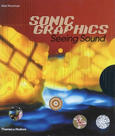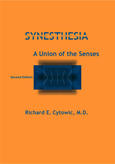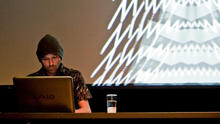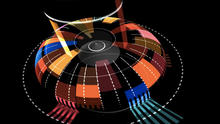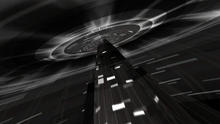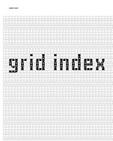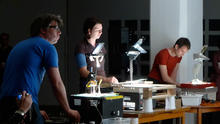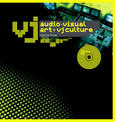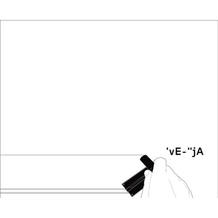BioAcousticPhenomena
(2010)also known as Hydroacoustic Study by Paul Prudence was originally conceived as a live audio-visual performance piece with sound artist Francisco Lopez for a Spatial Sound event organised by Optofonica.
The piece was subsequently developed to work with Paul Prudence's own live audio compositions and sound design. Bioacoustic Phenomenon is live generative cinematic exploration of sonically activated biological events, specifically evolving cellular entities that grow in response to sound vibrations.
Source: Paul Prudence's website
Immersive sound artist Francisco Lopez (Madrid, Amsterdam) in collaboration for the first time with generative artist Paul Prudence (London) forge live mutating morphologies where the organic and the virtual collide in crisp detail.
Source: Paul Prudence on Vimeo

